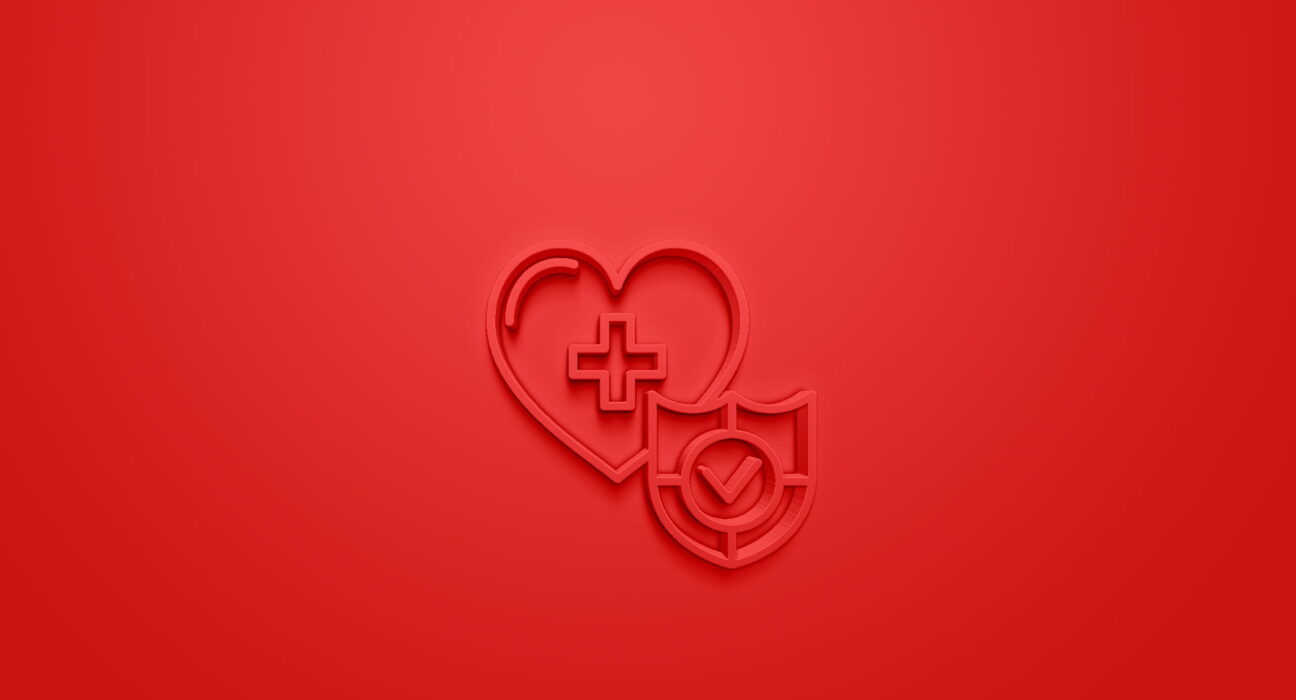Explore different types of health insurance and find the right coverage for your needs. Learn about HMOs, PPOs, EPOs, and more in this comprehensive guide.
Health Insurance
It’s really important to know the many types of health insurance plans so you can decide the right kind of coverage to fit your needs. Here’s an all-inclusive guiding list across the common types of health insurance plans:
Health Maintenance Organization (HHO):
Members must have a primary care physician who coordinates all health services for them. In this case, therefore, one must obtain referrals from the PCP in order to seek specialist care. HMOs normally charge lower premiums and the out-of-pocket costs are also lower, but the option for the health care provider is also less
Preferred Provider Organization (PPO):
PPOs allow a greater freedom of choice of any health service provider without a referral necessary. Members may have any doctor, but network doctors have a higher percentage of coverage regarding out-of-pocket costs. Generally, PPOs have higher premiums compared to HMOs.
Exclusive Provider Organization (EPO):
EPOs are quite similar to PPOs since they will not pay for care outside the network except in emergencies. This implies that people must renew their membership using the plan’s network of providers to be paid. The premiums compare to a PPO are relatively low, but there is less flexibility.
Point of Service (POS):
POS merges the features of an HMO’s and PPO’s design of coverage. Members have a primary care physician who they have to see to get referrals to see other specialists. They can also see out-of-network physicians, though the cost will be significantly higher. POS plans offer moderate flexibility at moderate costs
High-Deductible Health Plan (HDHP):
Health plans with higher deductibles and lower premiums. They often come with Health Savings Accounts (HSAs) to enable members to save pretax money for out-of-pocket medical expenses. HDHPs are really only appropriate for those who want to pay a smaller premium but can afford higher out-of-pocket costs.
Catastrophic Health Insurance:
This kind of catastrophic plan is designed for the young and healthy, who look for cheap premiums but are capable of paying out-of-pocket for major medical expenses. The only services covered by these types of plans are after the high deductible is reached for the essential health benefits.
Medicare:
A needs-based federal program for individuals aged 65 years and older, and certain younger persons with disabilities, providing Part A hospital insurance, Part B medical insurance, Part C Medicare Advantage, and Part D Part D-premium-assistance for prescription drugs
Medicaid:
Medicaid is a joint federal-state program that finances health care services for low-income persons. Eligibility and benefits vary by state and cover items from an expansive list of medical services
Children’s Health Insurance Program:
It provides health coverage to children not otherwise eligible for Medicaid coverage. Essential health services are covered under the scheme, which includes preventive care, doctor visits, and prescriptions.
Employer-Sponsored Insurance:
Most Americans have their health insurance supplied through an employer. These plans can take the form of a health maintenance organization, a preferred provider organization, an exclusive provider organization, or any other type; frequently employers and spouses share insurance costs.
This means that during the selection of an insurance health plan, one should consider the kind of health population, their budget-related costs, healthcare providers one chooses, and the flexibility one may require from coverage. Knowing the different types of health insurance, you will make sure you are completely confident with your choice and choose the one right for you.

